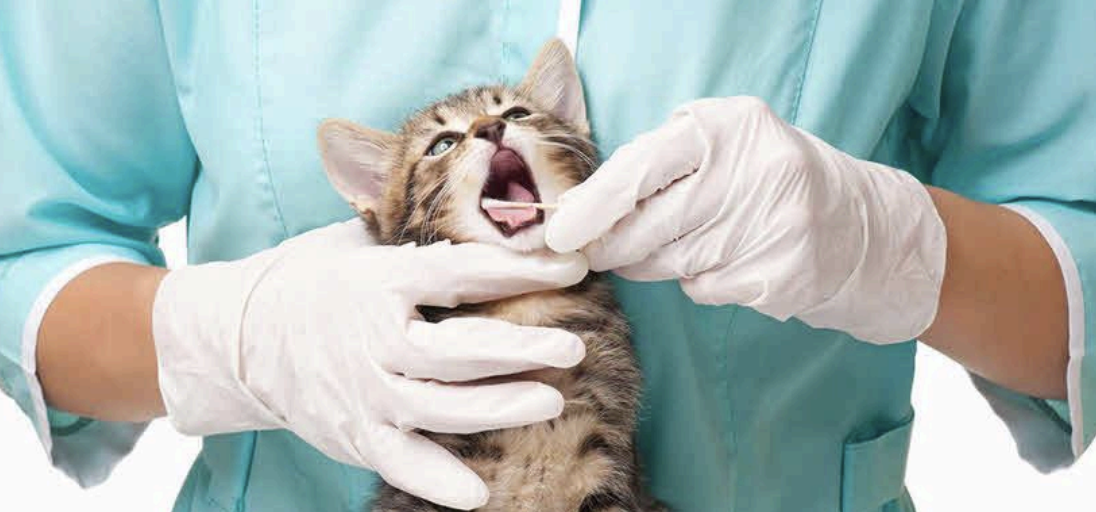Nature never ceases to amaze us with its intricate wonders, and among the most astonishing is the parasitic fungus Ophiocordyceps unilateralis. It’s a microcosmic horror show with a dash of science fiction, captivating the imaginations of both scientists and storytellers. In this comprehensive article, we will delve into the eerie world of Ophiocordyceps unilateralis, exploring its ghastly life cycle, impact on ants, and its role as the eerie inspiration for the likes of “The Last of Us.”
Ophiocordyceps unilateralis is a parasitic fungus notorious for its gruesome and peculiar life cycle, one that redefines the term “mind control.” This particular parasitic fungus has a chilling affinity for ants, and its interactions with its hosts have left biologists and mycologists astounded.
The journey starts when the fungus’s microscopic spores come into contact with an unsuspecting ant. These spores attach themselves to the ant, initiating the unsettling transformation. Once attached, the spores develop into elongated cells called hyphae. These thread-like structures begin to grow and penetrate the ant’s body, seeking out the central nervous system. Ophiocordyceps unilateralis unveils its true horror by manipulating the ant’s central nervous system. It takes over the host, akin to a puppeteer pulling strings.
This nefarious influence compels the ant to engage in bizarre and suicidal behavior. One of the most enigmatic aspects of this parasitic relationship is the ritualized climbing behavior it forces upon the ant. The fungus compels the ant to ascend vegetation, seeking a specific height for its final act. Eventually, the fungus consumes the ant from the inside, utilizing it as a gruesome vessel. It takes control of the host’s body and mind, leading to the release of fungal spores from the ant’s exoskeleton. The lifecycle comes full circle, and the fungal spores rain down on the forest floor, waiting for the next unsuspecting victim.

Why Does Ophiocordyceps Unilateralis Do This?
The ghastly manipulation of ants serves a crucial purpose: reproduction. By compelling the ant to climb vegetation before its death, the fungus maximizes the chances of its spores spreading in the wind. The high vantage point enhances the spore’s opportunity to infect other ants and complete the cycle. It’s a testament to nature’s efficiency and adaptability in ensuring a species’ survival.
Ophiocordyceps unilateralis and its bone-chilling lifecycle have not only piqued the interest of scientists but also influenced the realm of storytelling. The video game and later an HBO show “The Last of Us” draws inspiration from the concept, imagining a mutated Cordyceps affecting humans and resulting in a dystopian world overrun by infected individuals. The game delves into themes of survival, morality, and the consequences of a parasitic outbreak, captivating players worldwide.
Furthermore, “The Girl with All the Gifts” is a science fiction novel by M. R. Carey explores a similar premise. These works, while fictional, reveal the extent to which Ophiocordyceps unilateralis’s eerie parasitic influence has infiltrated our collective imagination.
In conclusion, I must say that Ophiocordyceps unilateralis is a spine-tingling testament to the enigmatic intricacies of nature. Its parasitic manipulation of ants is a gruesome yet fascinating example of the dynamic interactions between different species within ecosystems. While the real-world implications of this parasitic fungus are confined to the world of ants, its profound influence on storytelling and gaming knows no bounds. It serves as a haunting reminder of the profound mysteries and wonders awaiting discovery in the natural world, where even the darkest corners hold invaluable lessons and inspirations.
Sources and Recommended Reading:
https://www.ncbi.nlm.nih.gov/pmc/articles/PMC3204140/
https://app.estuda.com/questoes/?id=9530275
https://en.wikipedia.org/wiki/The_Girl_with_All_the_Gifts















